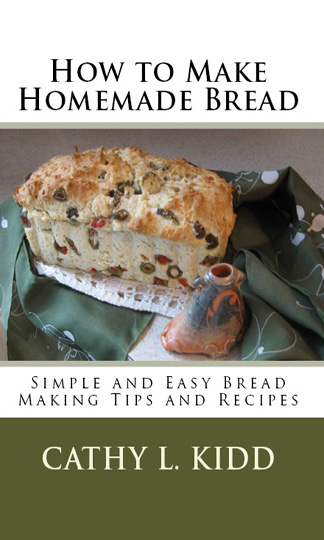
How to Make
Homemade Bread Simple and Easy Bread Making Tips and Recipes 2012 by Cathy L. Kidd All Rights Reserved. No part of this publication may be reproduced in any form or by any means, including scanning, photocopying, or otherwise without prior written permission of the copyright holder. First Printing, 2012 Published in the United States of America
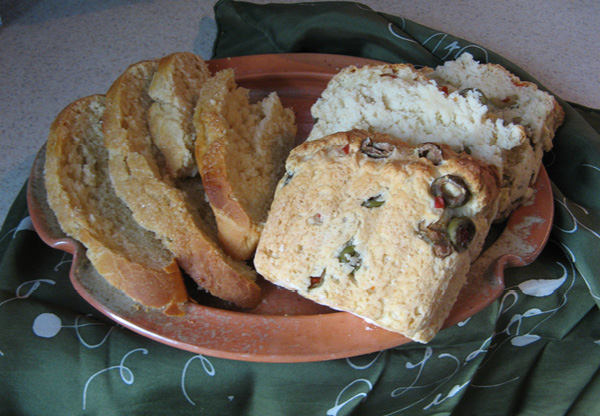
Introduction Theres nothing quite like making your own homemade bread! Not only is it delicious, nutritious and comforting food, but making it yourself can also save you quite a bit of your grocery money. The price of commercially produced bread has gone up significantly while the ingredients are still low cost. And it doesnt take all that long, so it makes sense to make your own homemade bread.
There are two main types of bread that Ive included in this book. The first is traditional yeast bread and the second is quick bread. I have, however, included one flatbread and a couple extras just for fun. Bread is a very simple, ancient staple food made with flour, water or some other form of liquid, and a leavening agent which lightens the dough and makes it rise. The first forms of bread were no doubt unleavened, flat bread like the Hazelnut Flatbread included in this book. The discovery of the effect of yeast on unleavened dough allowed a lighter, bigger type of loaf to be made.
To get that type of loaf, yeast breads require working the dough known as kneading. This kneading allows the fermentation bubbles created by the yeast to be combined with the gluten contained in the flour and thereby kept in the dough. These yeast bubbles are what help give the bread its lightness and form. Another type of bread was developed most likely in the U.S. at the end of the 18th century. During the Civil War there was a high demand for food produced quickly.
The resulting type of bread was called quick bread. It was faster because the leavening agent used was baking soda or powder which produced bread that didnt need kneading and rising time. Youll see in the recipes in this book that all of the quick breads call for baking soda and/or powder and no yeast. Today, there are two main ways to make homemade bread, by hand and with the help of a bread machine. This book will concentrate on the by hand method. If you have a bread machine or are interested in getting one and using that to make your bread, I suggest you get my book, Homemade Bread RecipesA Simple and Easy Bread Machine Cookbook .
The advantage of a bread machine is it does the kneading and rising for you. A benefit in my mind! On the other hand, many people find kneading the bread themselves to be very relaxing and a wonderful stress relieving activity. So lets get started with the by hand method of homemade bread making and see what we can create! Homemade Yeast Bread Ingredients and Procedures The Yeast The yeast is one of the most critical ingredients so well start with that. Its what makes your bread rise and gives it the right consistency not too soft, not too hard. One thing you may not know is that yeast is a living organism that needs moisture, warmth and food to grow and produce the rising effect for your dough. When you look at homemade bread recipes youll notice that all three of these elements are included.
Theres always some form of liquid (water or milk most commonly), and warmth (covering the rising bread with a cloth and putting it in a warm area) and food. Yeasts favorite food is sugar so youll see that in some form in many recipes. If you dont see sugar, then youll see warm water and flour which allows the yeast to break down the flour starch into a simple sugar. The easiest yeast to use is the kind labeled Active Dry Yeast, but any kind will do. Just be sure to check the expiration date so youll get the best results. Also store it in the refrigerator to keep it as fresh as possible for as long as possible.
If you get a flat, dense loaf instead of a light and airy one, look first to the quality of your yeast for the solution. Note: 1 package of yeast equals 1 Tablespoon. The Flour In order for your homemade bread to have the right consistency, you have to choose the right kind of flour. The best is the kind labeled specifically bread flour. It has a higher content of protein or gluten. The presence of gluten is important because it makes your bread more elastic and allows it to rise better to produce a fuller, rounder loaf.
It works by trapping the CO2 bubbles created by the yeast as it ferments so the dough will rise. Otherwise, the CO2 would just bubble up to the surface of the dough and be lost and youd have a flat, very dense loaf. In a pinch all purpose flour can also be used for most recipes. Some people add an extra tablespoon per cup of flour to compensate. You may need to experiment a bit if you use all purpose instead of bread flour. Note that most of the quick bread recipes just call for flour.
You can use all purpose in these cases. The Liquid The type of liquid called for in the recipe will determine the kind of bread you get. With water, the crust will be crisper and the bread will have more of a wheat taste to it. Milk will give you a loaf with a richer taste and a finer texture. Also, milk will cause the bread to brown quicker because it adds more sugar and butterfat to the dough. If orange juice is an ingredient, the bread will be sweeter and have less of a grain flavor.
If youd like to experiment a little, you can substitute water for milk and see how it affects the finished bread. Fats Shortening, oils or butter will give your homemade bread more flavor and some moisture. On the other hand, the lack of fat in a recipe means it will be a crisper, harder bread like French bread. Dont substitute margarine or whipped butter unless specifically called for because they have a higher amount of water. Too much water will make a loaf that doesnt last very long. Breads made with butter or oil stay fresh longer.
That is if it isnt eaten as soon as it comes out of the oven! Some recipes you find will call for lard as the fat. Theres one Whole Wheat Bread recipe in this book that calls for it. The difference between lard and shortening is the primary ingredient it is made from. Lard comes from animal fat and shortening from plant or vegetable oil. You can easily substitute the much easier to find shortening for the lard. Eggs If your recipe calls for eggs, your finished loaf will have extra color, flavor and protein.
They tend to add richness to the loaf and tenderness to the crust. Some recipes call for an egg wash (made with egg white and water) to add extra color and shine to the finished product. Salt Almost all bread recipes will call for salt. You may be tempted to leave it out but salt actually helps with how the yeast develops and acts to keep the bread from rising more than its supposed to. It also adds flavor. Of course, there are many people on a salt reduced diet.
In this case you can try substituting yogurt to help the bread rise normally. Finishing Touches In addition to the egg wash mentioned earlier, there are other finishing touches you can do before you bake your bread. If youd like a crisp and chewy crust, spray a little water on the dough during the baking process. If youd rather it be softer, brush milk on the dough before baking it. Butter will also make a softer crust. Some of the recipes suggest a topping like nuts or cornmeal that you can put on your bread before baking.
These are some ways to experiment with bread crust and make your bread special. Feel free to create your own. Substituting Ingredients As previously mentioned you can substitute shortening for lard and yogurt for salt. Another common substitution is applesauce for oil. In most cases you can just substitute equal amounts, but be careful if the recipe calls for more than 1/4 cup of oil. If you substitute that much applesauce it may change the chemistry of the finished loaf.

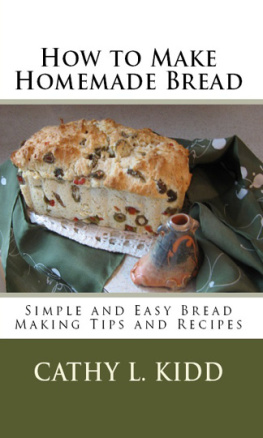
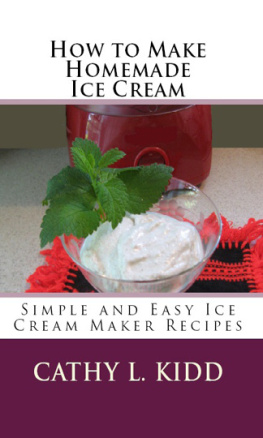
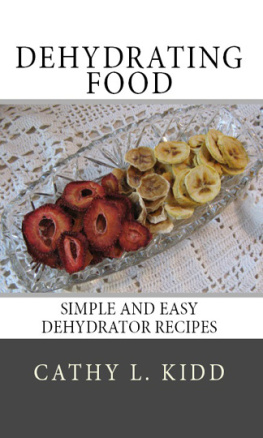

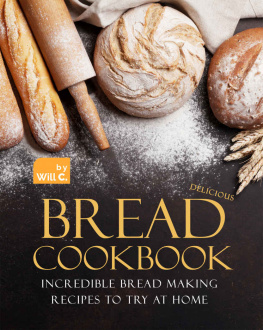

 How to Make
How to Make Introduction Theres nothing quite like making your own homemade bread! Not only is it delicious, nutritious and comforting food, but making it yourself can also save you quite a bit of your grocery money. The price of commercially produced bread has gone up significantly while the ingredients are still low cost. And it doesnt take all that long, so it makes sense to make your own homemade bread.
Introduction Theres nothing quite like making your own homemade bread! Not only is it delicious, nutritious and comforting food, but making it yourself can also save you quite a bit of your grocery money. The price of commercially produced bread has gone up significantly while the ingredients are still low cost. And it doesnt take all that long, so it makes sense to make your own homemade bread.